Baldur’s Gate 3 may be the greatest Dungeons & Dragons video game ever made, but some aspects of the game don’t translate well to the tabletop. This isn’t true for the whole game. In fact, many elements of Baldur’s Gate 3 are the perfect inspiration for Dungeon Masters’ (DMs’) campaigns. For instance, by infecting every member of the party with Mind Flayer parasites, Baldur’s Gate 3 gives a strong reason why the main characters would travel and work together, despite ranging wildly in motivations and morality. Plenty of D&D campaigns would benefit from an inciting incident this strong.
In contrast, certain elements of Baldur’s Gate 3 would likely make a traditional D&D game a lot less enjoyable. That isn’t to say these are bad things in Baldur’s Gate 3. Some of them are major selling points for the game. However, they just don’t work nearly as well in a TTRPG setting as they do in a video game. Part of this is due to the mechanics of running a game with real players, and some of it is because certain video game elements can take away from the immersive narratives that make D&D appealing.
Too Many Companions Shifts Focus From Players
All NPCs Are Controlled By The DM
Baldur’s Gate 3’s companions are easily one of its best features. It’s always fun to hear what Astarion or Shadowheart will have to say about a given situation, and it’s impossible not to love Karlach and her infectious energy. However, DMs creating a D&D campaign should shy away from trying to recreate this group dynamic by giving players similar NPC companions.
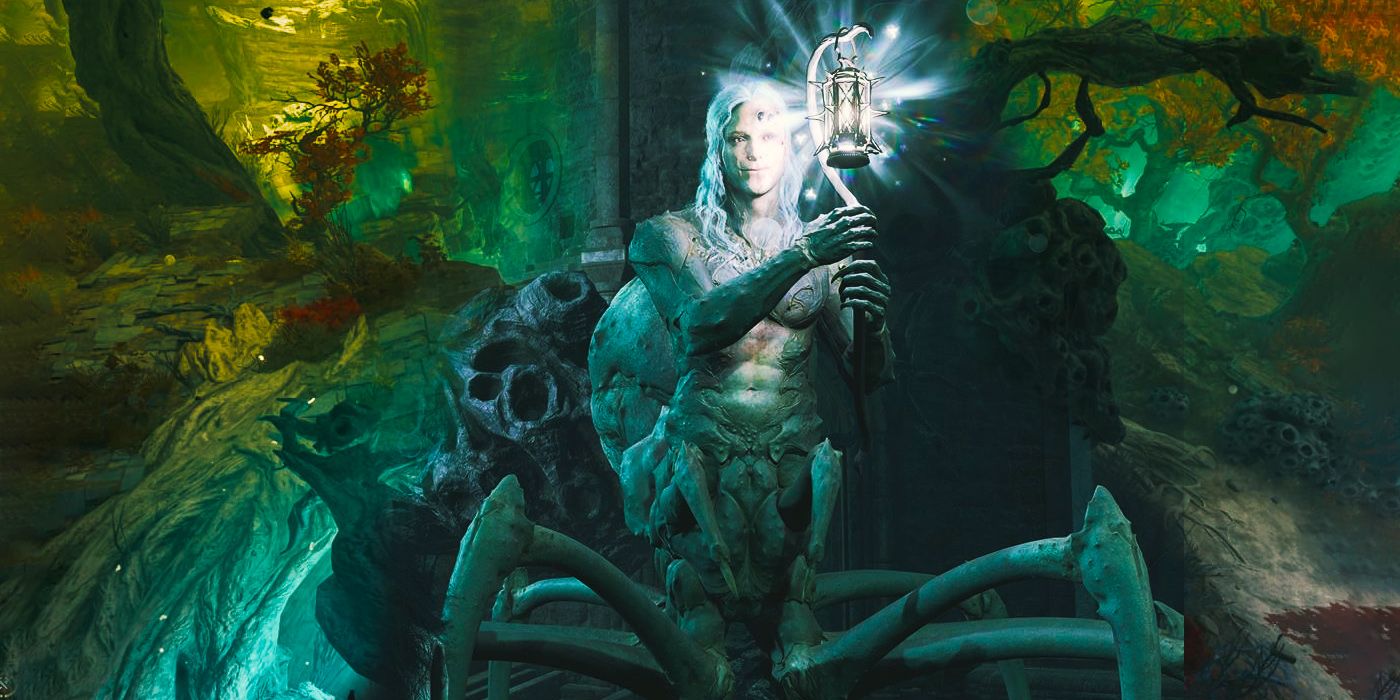
Related
Baldur's Gate 3: How To Get Protection From The Shadow Curse
Areas in Baldur's Gate 3 are hard to get through due to the Shadow Curse afflicting the land, which your party can move into with a source of light.
The party dynamic in a Dungeons & Dragons campaign should come from the interactions between the players. By over-crowding the party with a big roster of NPCs, no matter how interesting they might be, it will be harder to let interparty dynamics develop between player characters. It can also be hard to give player characters a chance to have big moments if they’re constantly sharing the spotlight with too many NPCs.
Additionally, NPCs in Dungeons & Dragons all need to be controlled by the DM. This can lead to the focus of gameplay shifting too heavily toward a single player (the DM) and away from the rest of the group. Dungeon Masters need to make sure they aren’t monopolizing players’ time, and reducing the number of NPCs that are constantly present is a good way to do that.
Scenes With Multiple NPCs Have The DM Talking To Themselves
The DM Needs To Make Sure They Aren’t Monopolizing Play Time
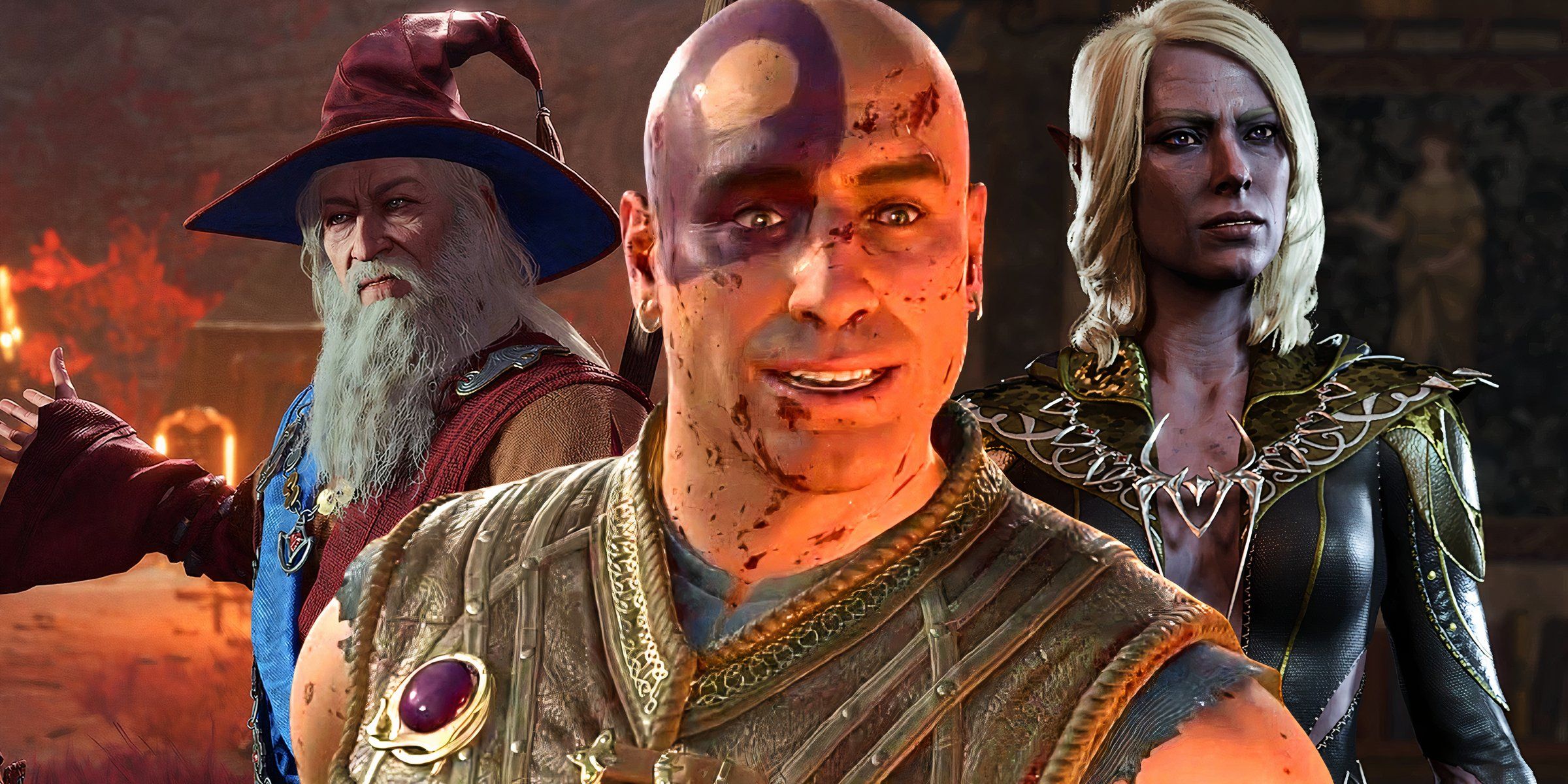
Along the same lines as having too many NPC party members, a similar thing to avoid is creating story moments that rely too heavily on NPCs interacting with one another. It’s a powerful moment in Baldur’s Gate 3 when Karlach confronts Lord Gortash, or when all of the player’s allies return for the final confrontation. However, these types of moments can fall a little flat when done in a TTRPG setting.
Typically, when two NPCs are interacting in Dungeons & Dragons, the DM is playing both roles and talking back and forth to themselves. This isn’t something that needs to be avoided entirely, but it’s worth keeping in mind what type of experience this creates for players. It can be hard for players to get too emotionally invested in a scene if they’re forced to just watch one of their friends deliver too many lines back and forth to themselves.
Things get even trickier if a scene involves three or more NPCs all talking among themselves and with the players. Unless a Dungeon Master is particularly skilled at voice work, it can be hard to keep track of a lot of different characters all being played by the same person. This can lead to confusion about where certain NPCs stand on a matter, or which ones a player should be addressing. In general, D&D narratives should be less scripted than something like Baldur’s Gate 3 and allow the narrative to emerge naturally through play to avoid these messy scenes.
Leveling With XP Encourages Boring D&D Sessions
Grinding For Experience Stops A Story’s Momentum
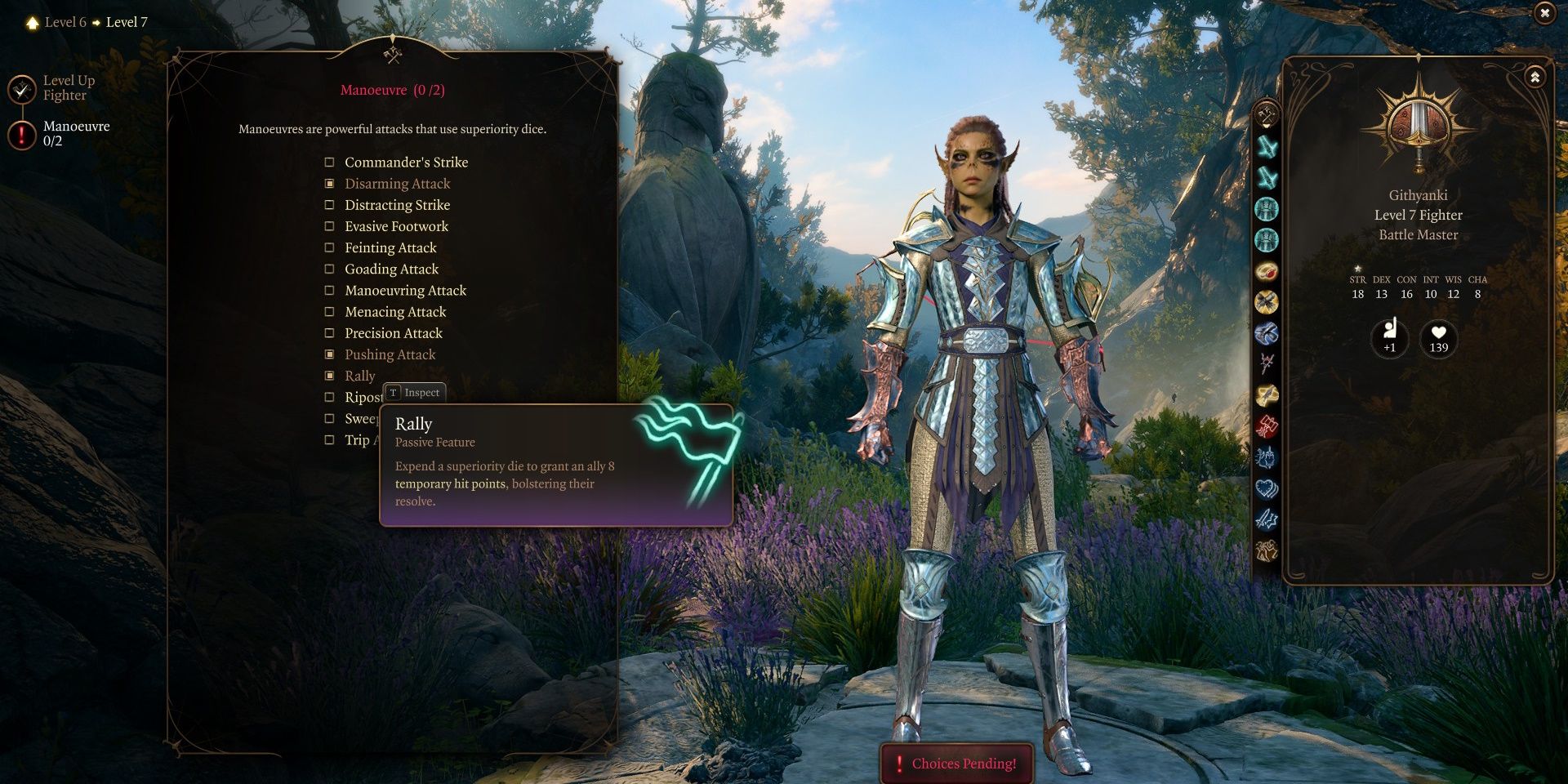
Baldur’s Gate 3’s narrative structure is probably the most difficult thing to recreate on the tabletop, but that doesn’t mean it’s the only element players should be cautious of including in their D&D campaigns. One easy-to-include element from BG3 that might still be best to avoid is its style of leveling up characters through experience points (XP).
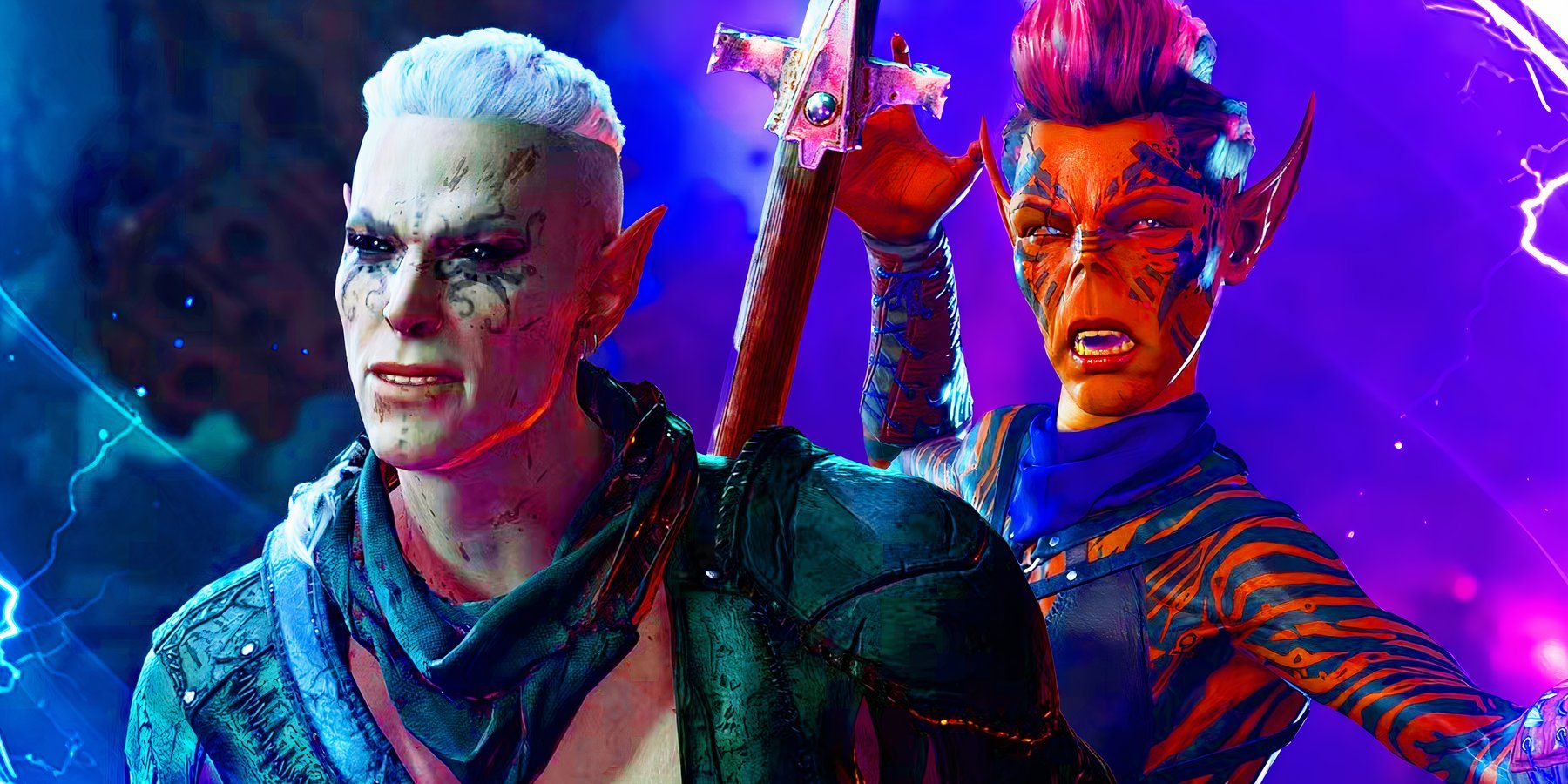
Related
Baldur's Gate 3 Devs Are Asking Players To Help With A Stress Test For The Title's Last Major Patch, Including The Crossplay Feature
Baldur's Gate 3 developer Larian Studios needs players to help with a stress test for the game's final patch ahead of its release in 2025
D&D has built-in mechanics for leveling through XP, but many DMs choose to level characters based on progression through a campaign instead. This way, players are encouraged to pursue goals based on what their characters want to do or that moves the narrative along, instead of simply chasing XP. Allowing players to level through experience can sometimes lead to boring play sessions that miss out on the best parts of Dungeons & Dragons.
For instance, if players are about to face a big threat in their campaign, they may be tempted to grind experience before doing it. This can lead to them traveling around aimlessly hoping to farm XP from random encounters, or act more aggressively to pick fights and hopefully get some extra experience. By bringing too many of the game elements to the forefront of a D&D campaign like this, players can get less immersed in their roles as characters which hurts enthusiasm for the game and makes it feel like a series of tasks rather than a story.
Character Deaths in BG3 Don't Feel Meaningful
Withers Brings Companions Easily, Which Could Hurt Tension
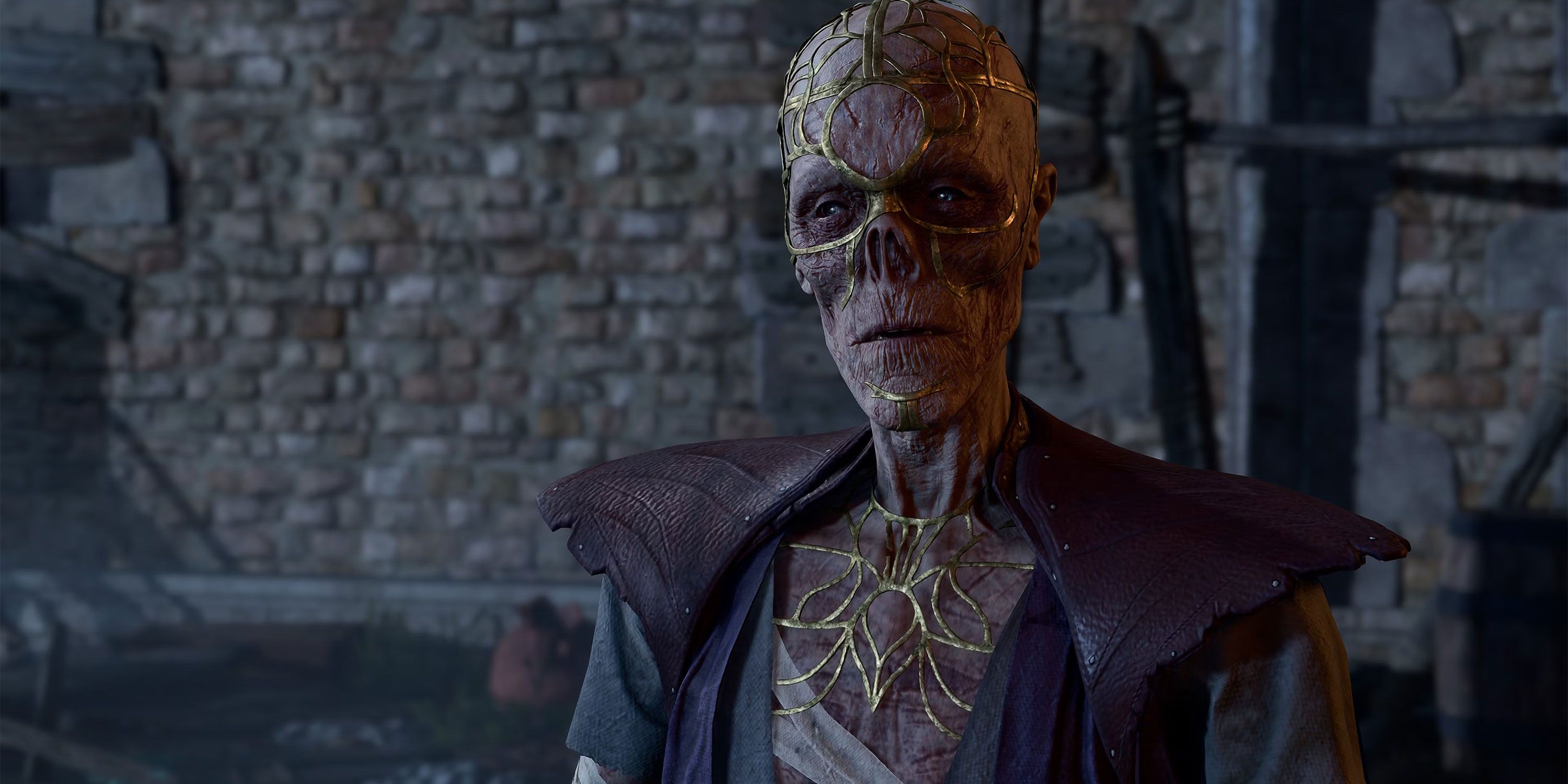
As anyone who has played Baldur’s Gate 3 on Honour Mode can attest, the game has some seriously challenging encounters. It would therefore be very frustrating if character death was permanent because players would feel like they needed to go back to an earlier save any time one of their companions died.
By allowing players to revive companions with Withers, Baldur’s Gate 3 avoids these frustrations and keeps the action moving forward without forcing players to miss out on any major parts of the game. Although this is nice, it does also stop character deaths from feeling too impactful.
Character deaths in D&D don’t need to be permanent to be meaningful.
Players will likely want to avoid including something like Withers in their Dungeons & Dragons campaigns to preserve the impact of character deaths. Characters dying in D&D can be tragic, frustrating, or even funny depending on the circumstances, but the last thing they should be is boring. The less players worry about their characters’ safety, the less invested they will be in combat encounters or navigating dangerous terrain.
Character deaths in D&D don’t need to be permanent to be meaningful. They can even be a great excuse to send players on an epic quest to resurrect their fallen companion. However, if bringing characters back from the dead is as easy as in Baldur’s Gate 3, it can kill a lot of tension.
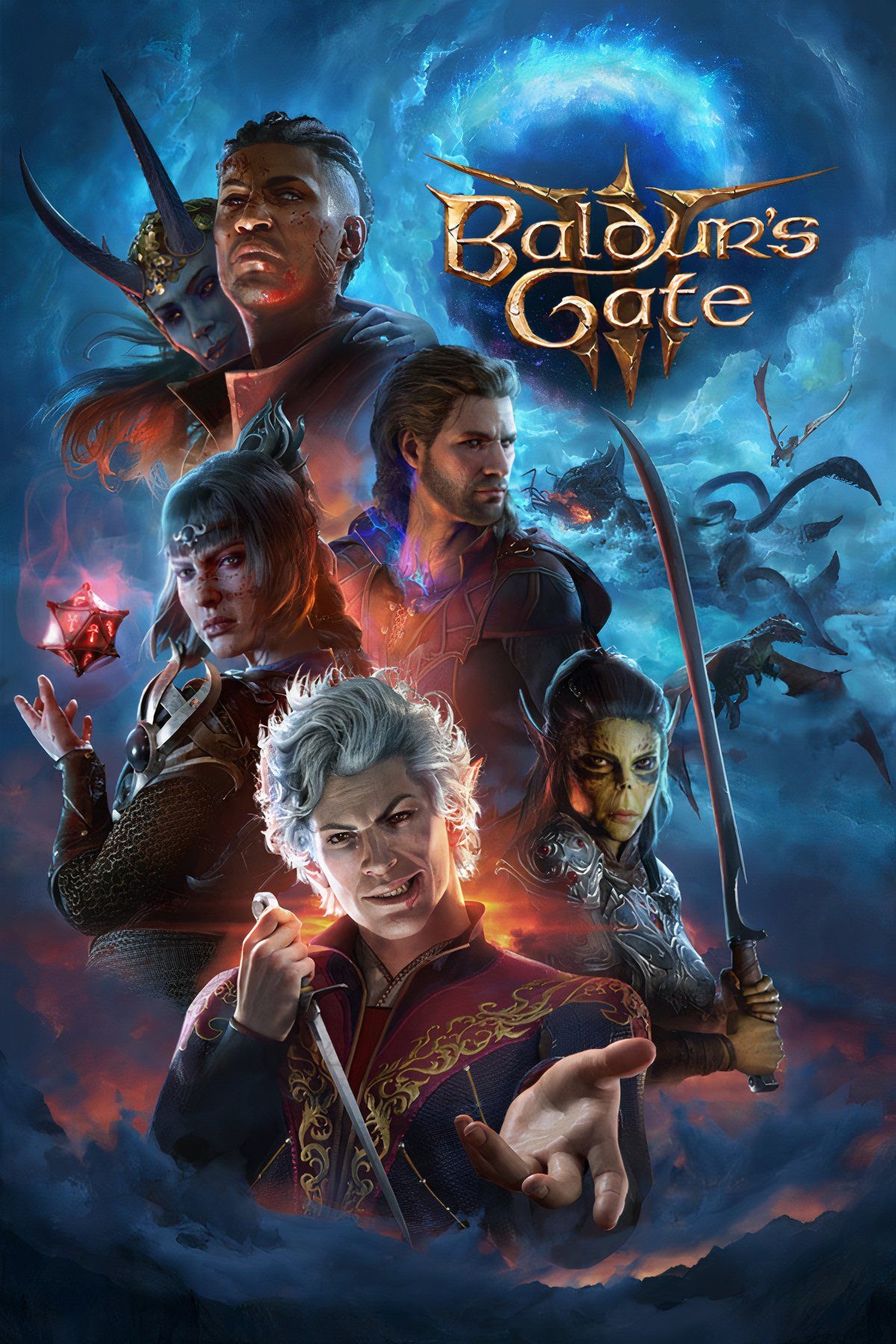
Released August 3, 2023
Developer(s) Larian Studios
Publisher(s) Larian Studios

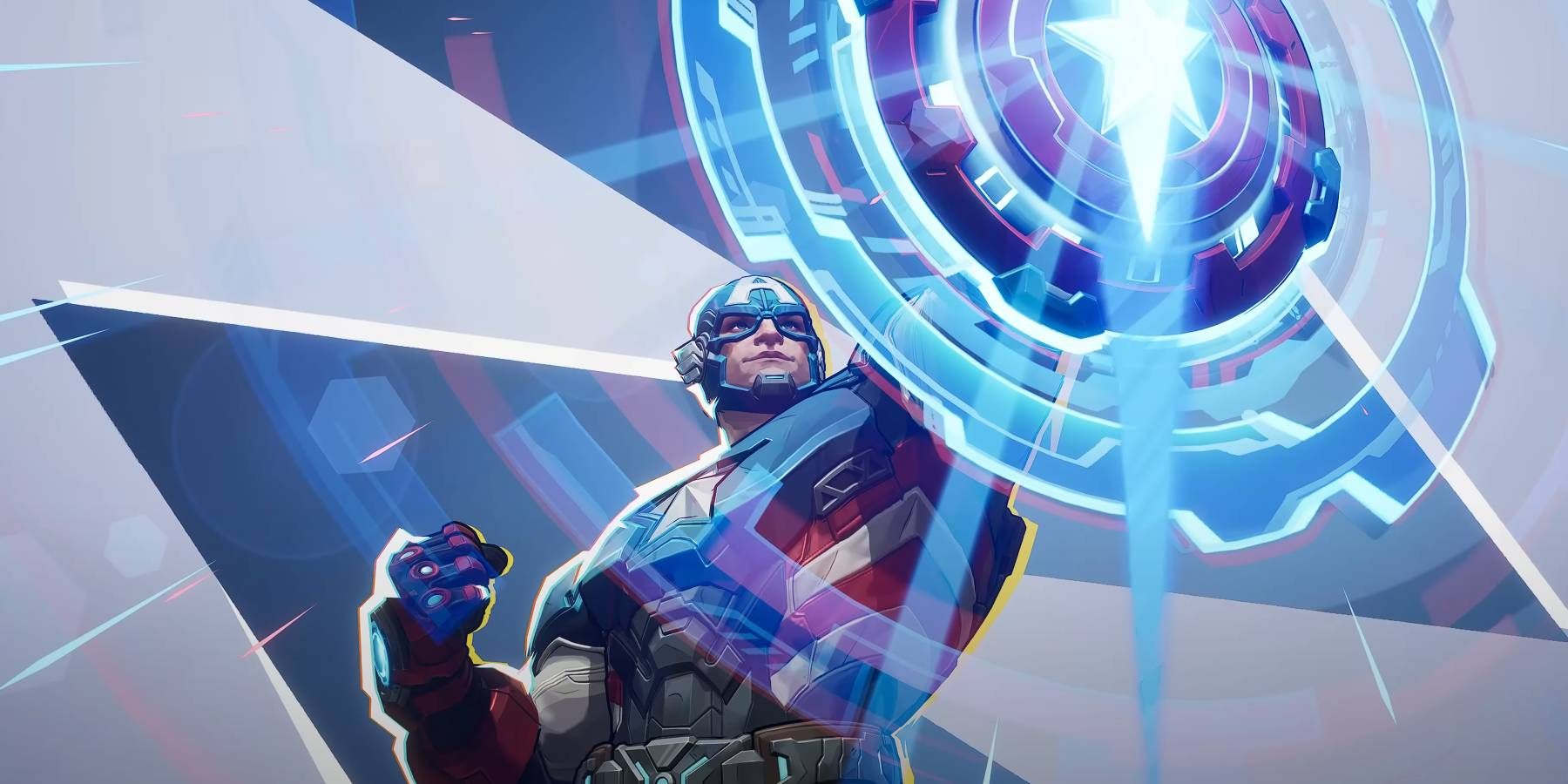







 English (US) ·
English (US) ·